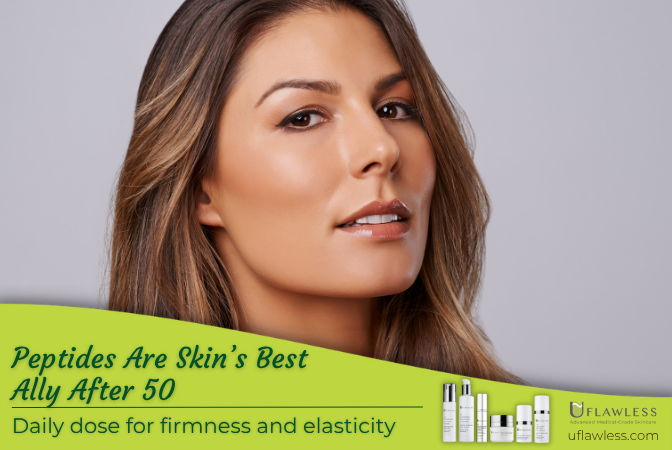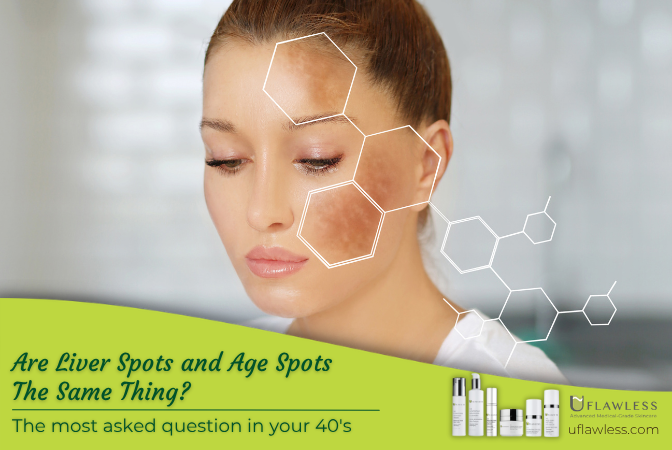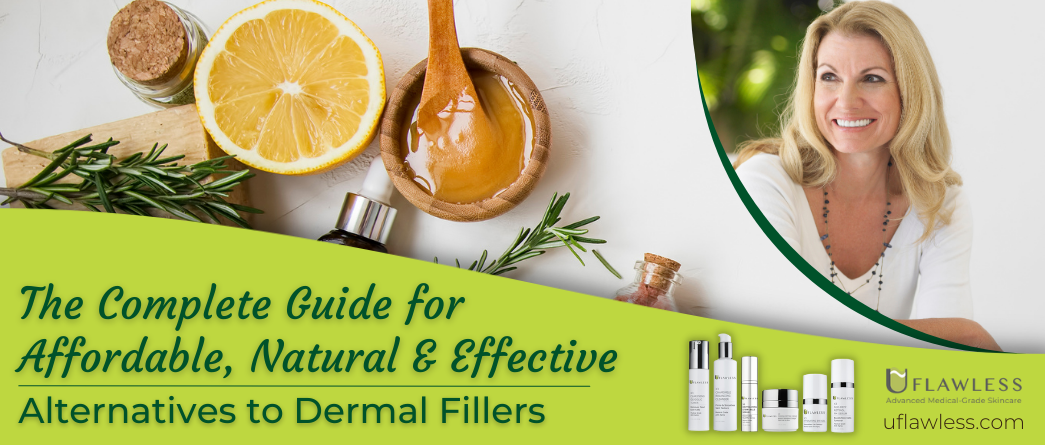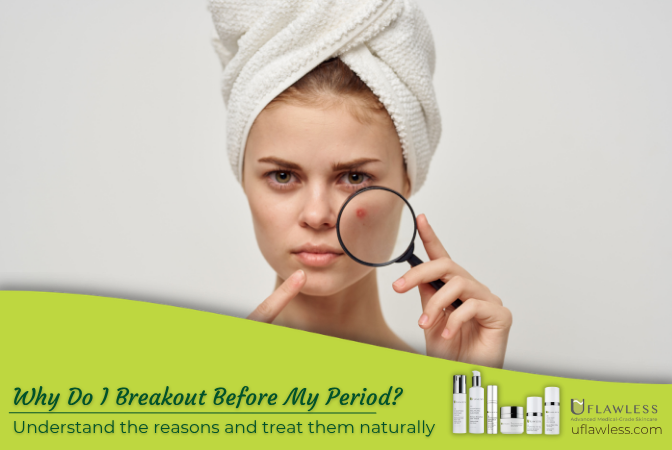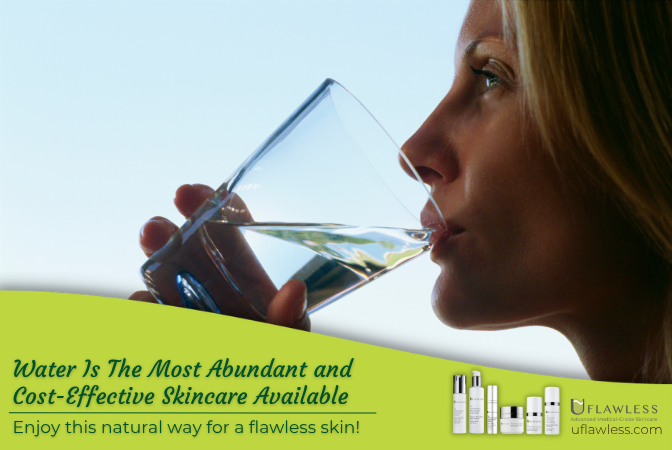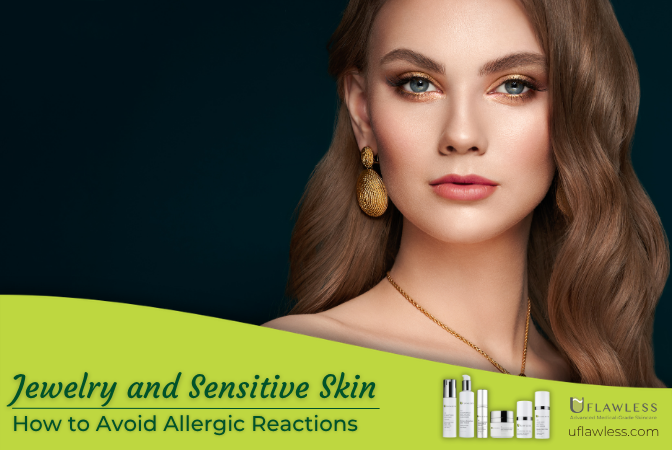
Jewelry and Sensitive Skin: How to Avoid Allergic Reactions
If you have ever worn a necklace or pair of earrings and ended up with red, itchy skin, you are not alone. Studies show that 15% to 20% of people will develop some kind of allergic reaction to metal during their lifetime, and the majority are women. This condition is known as metal hypersensitivity.
It often appears as rashes, swelling, or irritation where the jewelry touches the skin, such as the ears, neck, fingers, or bellybutton. In more severe cases, it can lead to pain and long-term skin problems.

What Causes Metal Hypersensitivity?
Metal hypersensitivity is an immune system reaction.
The body sees certain metal particles as foreign and “attacks” them, which causes inflammation and irritation.
Nickel is the most common trigger, followed by stainless steel (because it often contains nickel to prevent rust).
Other triggers can include brass, copper, and certain metal alloys.
Jewelry is not the only culprit.
Makeup, coins, and even cosmetics containing metal particles can also cause reactions.
Metals That Often Irritate Sensitive Skin
If you know you have sensitive skin, it is important to choose metals carefully.
Nickel and Stainless Steel
Nickel is the top irritant worldwide. Stainless steel may also cause problems since it can contain nickel.
Plated Metals on sensitive skin
Plated jewelry can be risky because the thin outer layer may wear away, exposing the base metal underneath.
Unless you see Sterling 925 (meaning 92.5% pure silver) or high-purity gold, you may want to avoid it.
Gold Purity and sensitive skin
For gold jewelry, choose 14 karats or higher to reduce the risk of irritation.
Lower karat gold often contains more alloys like copper or nickel.
White and Yellow Gold Treatments
White gold may be coated with nickel to enhance its color, which can trigger a reaction.
Yellow gold can also have added copper for a richer tone, which may irritate some people.
Brass
Brass is an alloy of copper and zinc and is a common base metal for gold and silver plating.
If your skin has ever turned green from jewelry, brass was likely the cause.
Earrings and Sensitive Ears
Sometimes, irritation is not caused by the metal itself but by bacteria from a piercing that is not fully healed or not cleaned properly.
Tips for avoiding earring-related irritation:
-
Avoid nickel whenever possible.
-
Clean earrings with saline solution before wearing them.
-
For added protection, you can clean with hydrogen peroxide and apply a thin layer of petroleum jelly to the post.
If you are getting a new piercing, make sure it is done by a trained professional who uses sterile equipment.
Can You Trust “Hypoallergenic” Labels?
If you are buying from a reputable brand, hypoallergenic jewelry can be a safer choice.
However, there is no universal standard or special chemical that makes a piece truly hypoallergenic.
The safest option is to verify that the base metal is free from nickel and other common irritants.
Treating Metal Allergies
If you suspect you have a metal allergy, see a doctor or dermatologist for an accurate diagnosis. Treatments can include:
-
Topical or oral antihistamines
-
Corticosteroid creams for inflammation
If you prefer to avoid medications, prevention is key: stay away from the metals known to cause reactions.
Jewelry and sensitive skin can absolutely match, you just need to know what to look for.
Choosing high-quality metals, avoiding nickel, and keeping your pieces clean can help you enjoy beautiful jewelry without discomfort.
Trends come and go, but classic, well-made pieces will always be in style.
Treat your skin kindly, and you can enjoy both beauty and comfort for years to come.


